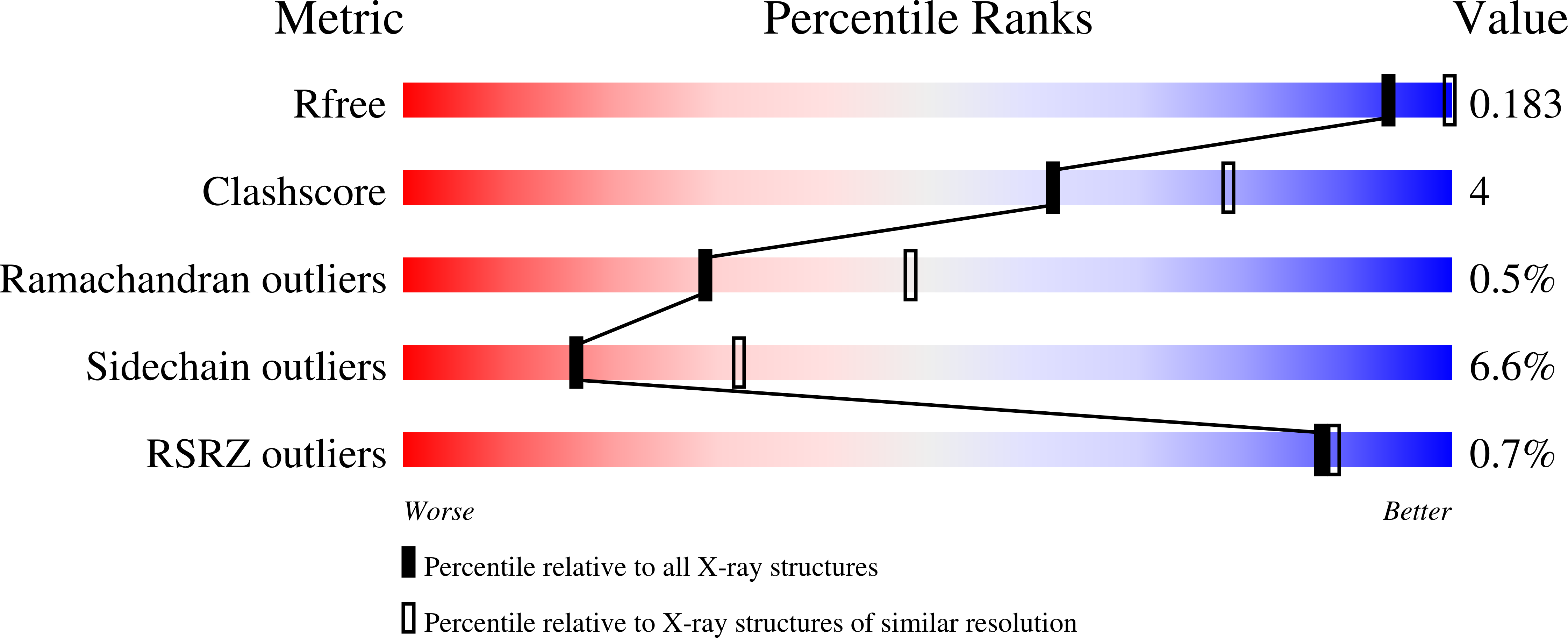
Deposition Date
2022-03-28
Release Date
2023-02-22
Last Version Date
2024-05-22
Entry Detail
Biological Source:
Source Organism:
Host Organism:
Method Details:
Experimental Method:
Resolution:
2.51 Å
R-Value Free:
0.17
R-Value Work:
0.12
R-Value Observed:
0.13
Space Group:
P 21 21 2


